Metallic watercolor painting adds a unique shine and depth to traditional watercolor art. It offers an engaging way for artists to bring shimmer and light into their creations, making each piece stand out. Many artists are drawn to metallic watercolors because they add texture and a reflective quality that ordinary paints lack.

The value of metallic watercolor techniques lies in their ability to enhance artwork with luminous effects while remaining easy to use for all skill levels. These methods open up new possibilities for creativity and allow artists to explore different ways to express light and color in their work.
1) Layering Metallic Washes for Depth

They apply thin layers of metallic watercolor to build gradual shine. Each layer adds more shimmer without covering previous details. This technique allows control over brightness and opacity.
Artists often layer metallics to create subtle or bold effects. Using multiple layers brings depth to the artwork and enhances the metallic glow. For more details, see layering tips from this metallic watercolor guide.
2) Using Iridescent Gold for Highlights
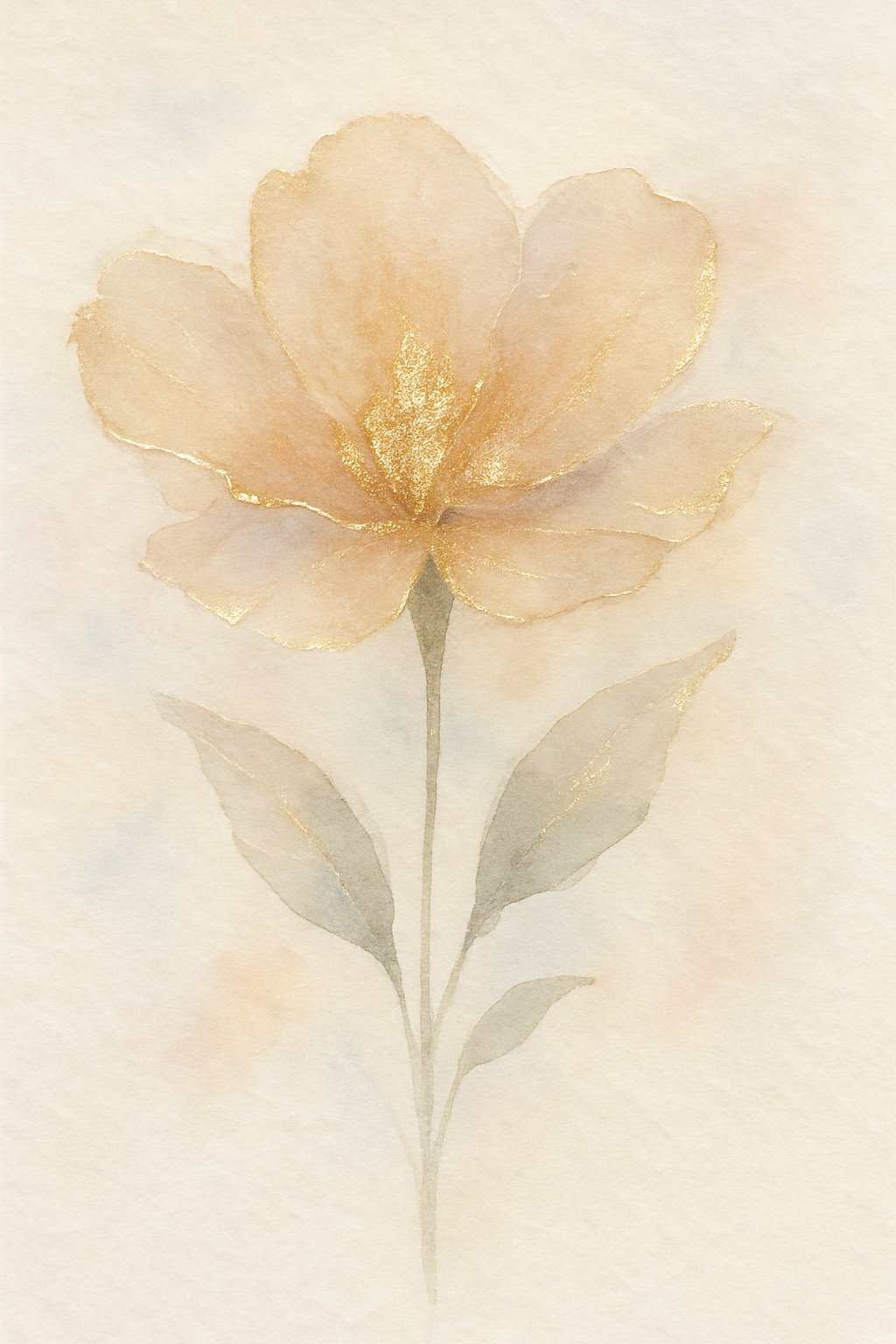
Iridescent gold adds subtle shine and depth. Artists often use it to highlight key areas in their paintings.
Its reflective quality gives a soft, glowing effect that enhances details without overpowering the work. Using iridescent gold carefully brings focus and elegance to the artwork.
Learn more about its use in watercolor from this Iridescent Gold Watercolor – DANIEL SMITH Artists’ Materials.
3) Combining Metallics with Gouache
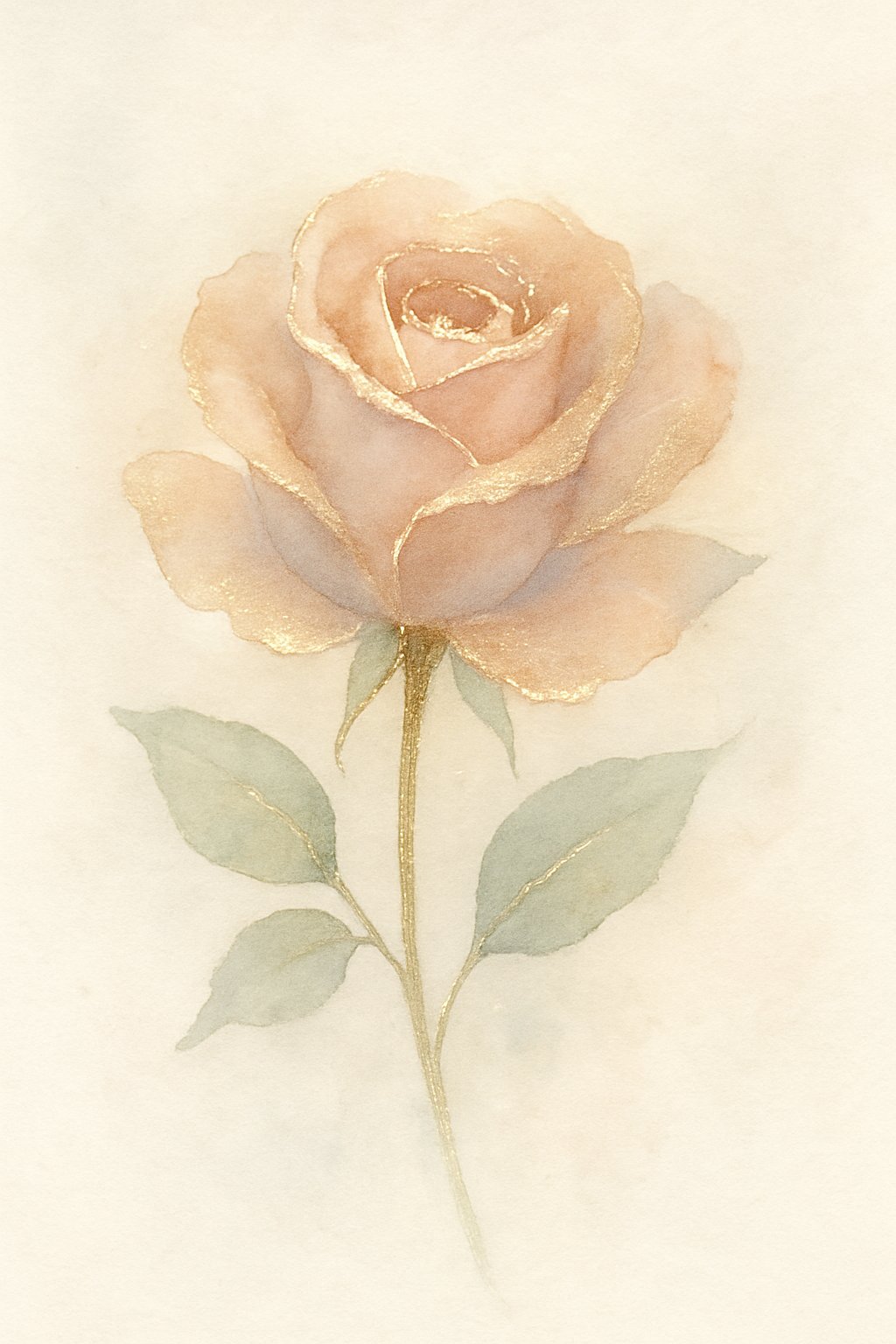
They can mix metallic watercolors with gouache to create richer textures and more opaque highlights. This combination allows better control over shine and depth in a painting. Using gouache over metallics helps add sharp details without losing shimmer. Learn more about this technique here.
4) Dry Brush Technique with Metallic Paints

The dry brush technique uses a brush with very little paint to create texture. When applied with metallic paints, it adds subtle shine without covering the surface fully. This method works well for highlighting edges or creating a worn metal look. Using this technique requires a lightly damp, blotted brush for best results. For more details, see Quick Dry Brush Technique – Metallic Paint.
5) Incorporating Metallic Watercolors in Calligraphy
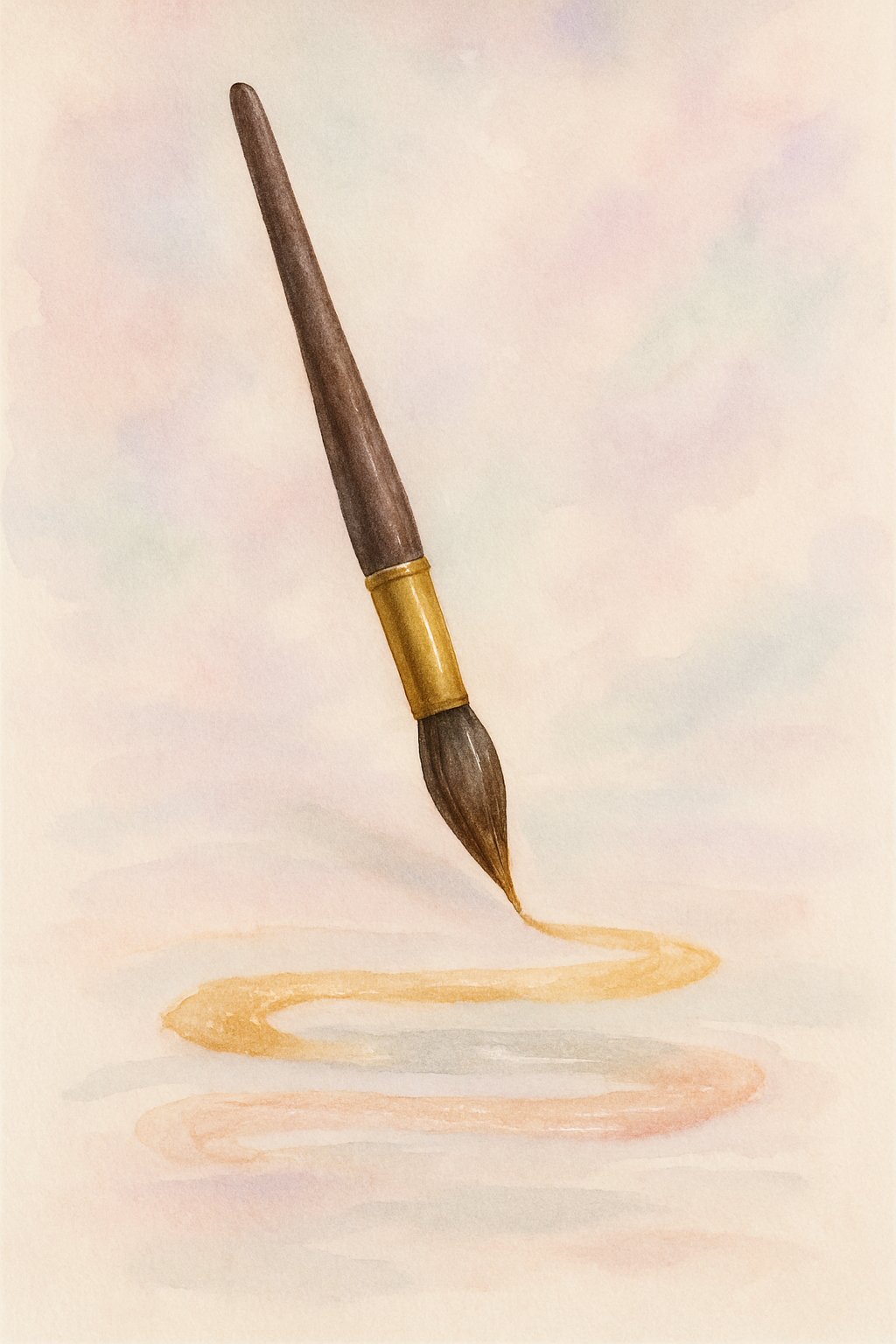
Metallic watercolors add shine and depth to calligraphy work. Artists use them to create elegant, eye-catching lettering.
Using a fine brush or pointed pen helps control the paint’s flow. This technique works well for invitations and special projects.
For detailed guidance, many find tutorials on using metallic watercolors in calligraphy helpful. Examples include videos and step-by-step articles.
6) Creating Nightscapes with Metallic Blues and Silvers
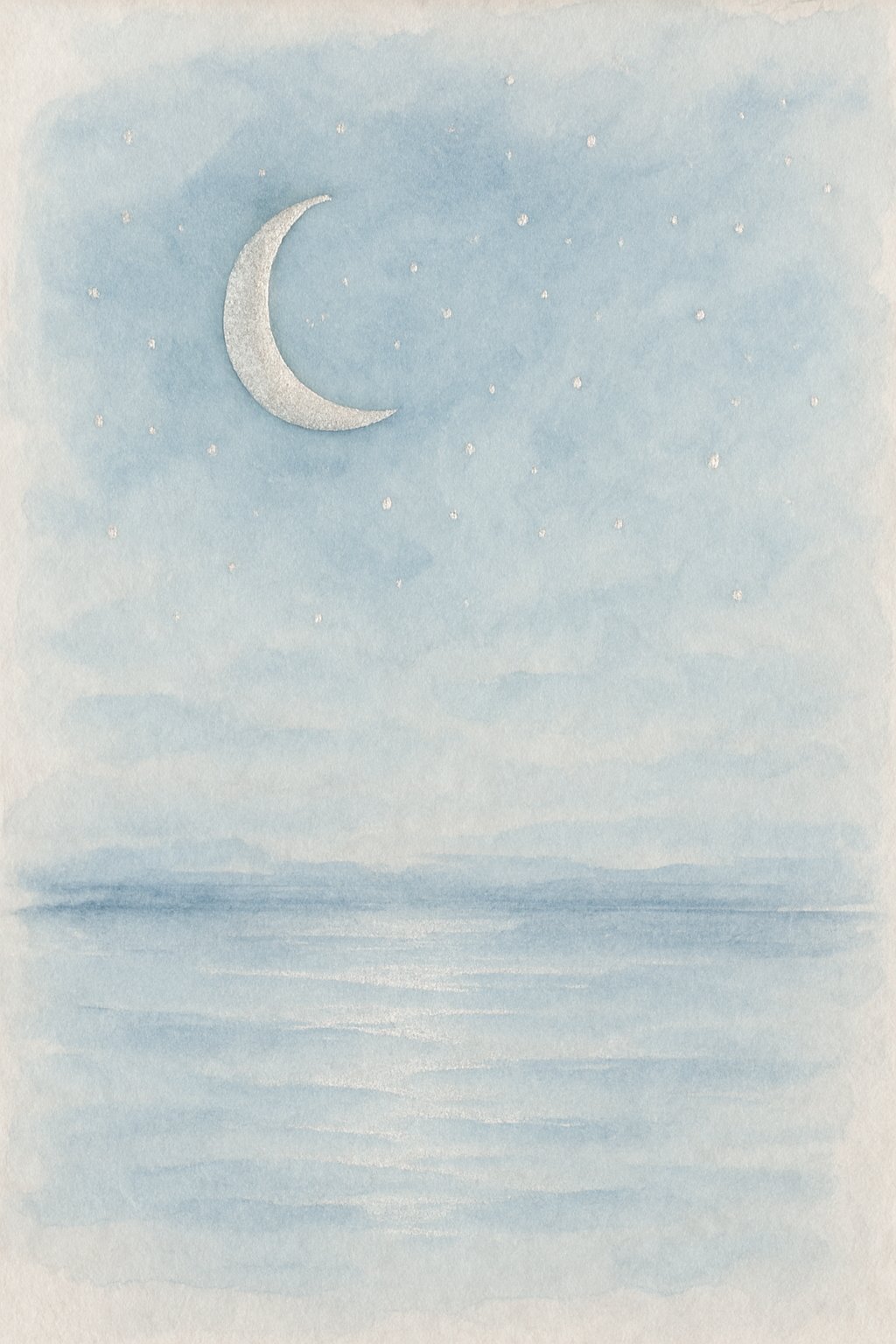
They use metallic blues and silvers to paint night skies with a shimmering effect. Blending these colors creates a smooth transition that mimics stars and distant planets. The metallic shine adds depth and realism to the scene, making the artwork visually striking. For ideas, see 10 creative metallic watercolor projects.
7) Applying Metallics Over Dark Backgrounds

Applying metallic watercolors on dark backgrounds creates strong contrast. It highlights the shimmer and makes details stand out clearly.
Artists often use this technique to add depth and vibrancy. The metallic paint reflects light, giving the artwork a striking, luminous effect.
This method works well for fine details like highlights or accents. It encourages experimentation to find the best layering and opacity.
For more ideas on using metallics over dark surfaces, see this guide to metallic watercolor techniques.
How Metallic Watercolors Work
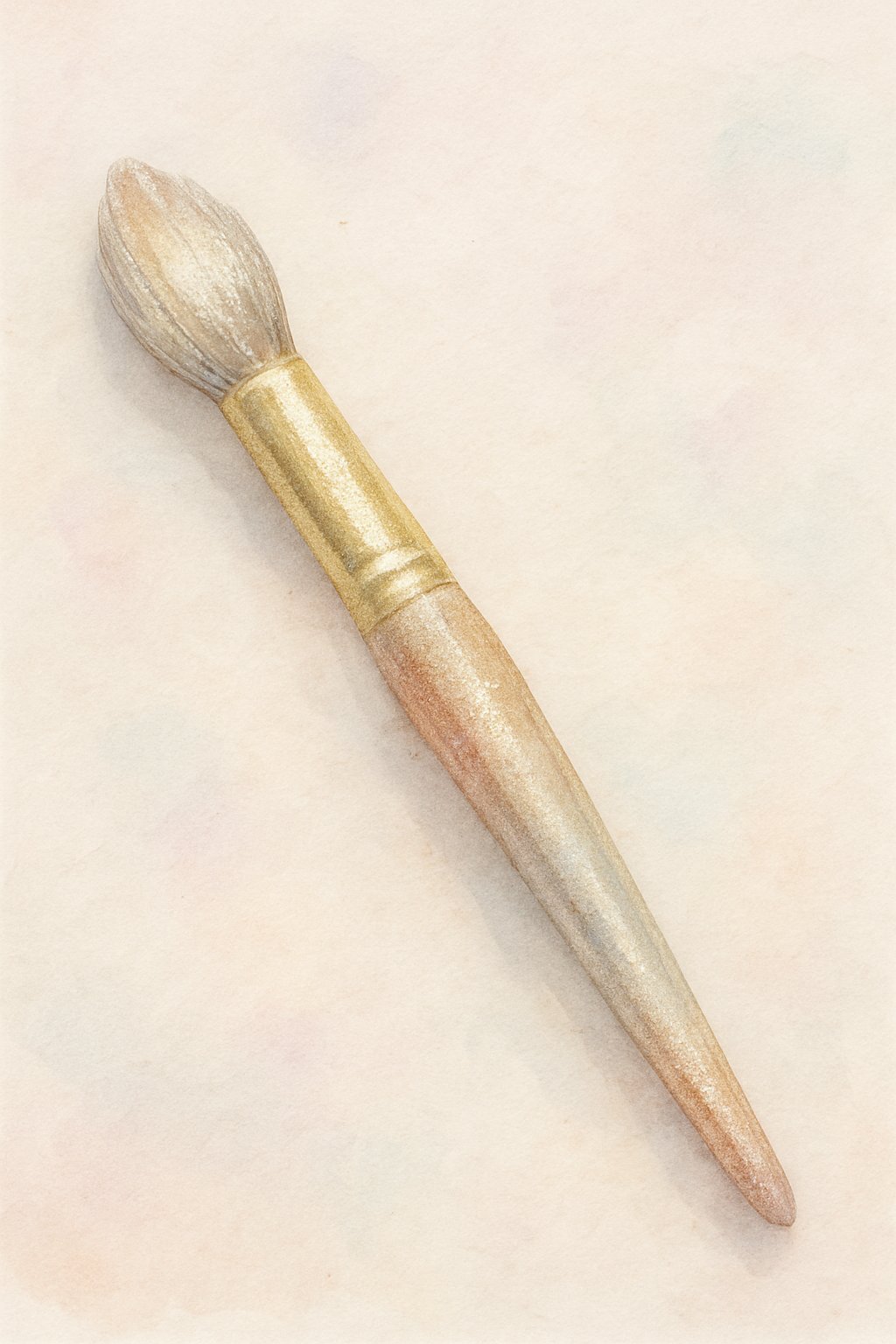
Metallic watercolors create a shiny effect by using special particles that reflect light differently from regular paint. Their appearance depends on how these particles interact with light and on the materials mixed with the pigments.
Understanding Light Reflection
Metallic watercolors contain tiny metal or mica particles that reflect light. When light hits the paint, these particles bounce it back, causing a shiny or shimmering look. The angle of the light and the viewer’s position can change how bright or dull the shimmer appears.
This reflective quality makes metallic watercolors stand out on the paper. Unlike normal watercolors, which absorb light, metallic paints create highlights and depth through this shine. Artists can control the effect by layering paint or changing the water amount to show more or less shimmer.
Pigment and Binder Differences
The pigments in metallic watercolors are different from regular dyes. They often include mica, aluminum, or other minerals that provide shine. These pigments are heavier and more solid, which means they sit on top of the paper rather than soaking in.
Binders, which hold the pigments together and attach them to paper, must be chosen carefully. If the binder is too weak, the particles can fall off the paper or lose their shine. Good binders keep the metallic pigment stable while allowing flexibility and smooth application. This balance helps the paint stick well and maintain its shimmer over time.
Understanding this difference helps artists use metallic watercolors effectively for added texture and brightness. For more details on how these paints reflect light and differ from regular watercolors, see this guide to metallic watercolor.
Maintaining Vibrancy and Longevity

Keeping metallic watercolor paintings bright and durable depends on choosing the right materials and applying the paint carefully. Using suitable paper and mastering how to layer the paint will make the metallic shine last longer without dulling or cracking.
Best Surfaces for Metallic Effects
Metallic watercolors work best on heavy, textured paper. Cold-pressed watercolor paper with a weight of at least 140 lb (300 gsm) provides enough strength to hold shimmer pigments without buckling.
Textured surfaces enhance the metallic shine by catching light differently across the paint. Smooth paper can reduce the sparkle because it absorbs paint less evenly.
Using high-quality watercolor paper designed for mixed media is also effective. This type of paper can handle multiple layers and prevents the metallic particles from fading or flaking over time.
Proper Layering Techniques
Applying metallic watercolors in thin layers helps maintain their shine. Thick coats can hide the subtle sparkle and may crack when dry.
It’s best to let each layer dry completely before adding another. This prevents mixing dull colors and preserves the metallic pigments’ brightness.
Starting with a light wash undercoat can boost the vibrancy of the metallic paint on top. Many artists use white or other light colors as a base because metallics reflect light better over lighter tones.
Working patiently and building color gradually keeps metallic effects clear and vibrant for longer. Avoid overworking the paint to stop pigments from losing their shimmer.
For more guidance on layering, see this detailed guide on mastering metallic watercolor techniques.
Frequently Asked Questions
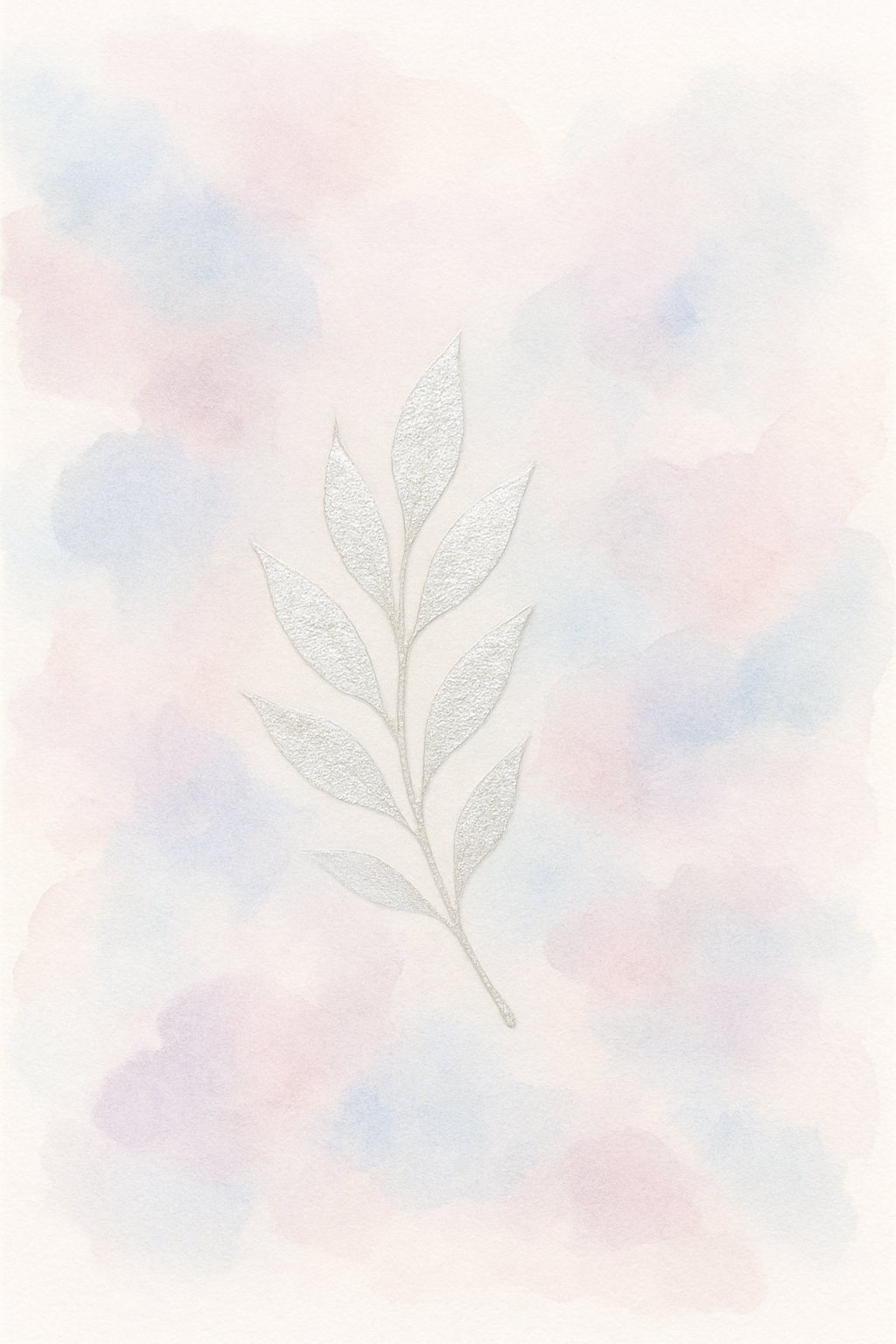
Metallic watercolors require specific approaches to blending, layering, and maintaining their shine. Choosing the right paper and brushes also impacts the final look. Proper sealing helps keep the artwork’s metallic qualities intact over time.
What are some techniques for blending metallic watercolors to achieve a luminous effect?
Blending metallic watercolors works best with smooth, wet-on-wet techniques to allow colors to flow naturally. Light washes layered gradually can create depth without dulling the metallic shine. Using a soft brush helps control the spread and keeps the shimmer even.
How do you maintain the sheen of metallic watercolors when mixing with other pigments?
To keep metallic watercolors shiny, mix metallics separately before adding non-metallic colors. Avoid overmixing, which can reduce reflectiveness. Adding a small amount of clear water helps keep the pigments vibrant and reflective.
What paper types best enhance the reflective qualities of metallic watercolor paints?
Smooth, heavyweight watercolor paper with minimal texture enhances metallic paint reflection. Hot-pressed paper is ideal because its fine surface allows better light reflection. Avoid rough-textured paper, which can scatter light and mute the metallic effect.
Can you provide tips for layering different shades of metallic watercolors?
Layering thin washes of different metallic shades builds richness and depth. Allow each layer to dry fully before applying the next to avoid muddying colors. Highlights usually benefit from using lighter or iridescent gold tones on top layers for extra shine.
What are the differences between synthetic and natural brushes when painting with metallic watercolors?
Synthetic brushes hold water and pigment evenly, making them good for smooth blends and precise detail. Natural brushes offer springy, softer strokes that create texture but may absorb metallic pigments differently. Both types can be useful depending on the desired effect.
What steps should be taken to properly seal and preserve a metallic watercolor artwork?
Once completely dry, a light spray of clear acrylic varnish helps protect the paint without dulling the metallic sheen. Use a matte or satin finish for less gloss or a gloss varnish to enhance metallic shine. Avoid heavy layers, as they can obscure reflective effects.